|
The Register of Professional Archeologists brings together professional archeologists whose mission is to uphold the professional standards and ethics of the profession, as well as act as a resource for those in need of professional archeological services. In line with its mandate, the register has developed an Archeological Ethics Database, an ongoing collaboration between the Register of Professional Archaeologists and the Chartered Institute for Archaeologists (CIfA). The aim of the database is to pool sources on archeological ethics into a single platform which can be accessed by professional archeologists, researchers, and students. The Archeological Ethics Database consists of over 500 sources associated with ethics in archeology which can be accessed in multiple ways.
For starters, the search bar feature allows system users to search for specific names, words, and phrases. In addition, the left-hand side bar offers users multiple browse features. Users can also browse by type of source to obtain codes of ethics for societies, blogs and blog posts, books and chapters, courses and syllabi, journal articles, and online resources. There’s also an option to browse by keywords and terms, allowing users to browse using a set of keywords and phrases commonly associated with archeological ethics. The keywords and terms have been developed based on a survey of more than 100 codes of ethics. Other ways of accessing information from the database include browse by the RPA Code and Standards, which enables users to find sources based on the Register’s Code of Conduct and Standards of Professional Behavior. Finally, users can browse by topics and issues, a section that contains over 80 popular topics, issues, and themes faced by archeologists when handling ethical issues in the course of their work. Each entry is accompanied by a BibText feature which enables users to export bibliographic information from every source.
0 Comments
A January 2018 mudslide in Montecito, Califonia killed Eagle Scout Jack Cantin, a junior at Santa Barbara High School. Tragically, the mudslide claimed the lives of 23 people in total, including Jack Cantin’s father. The mudslide also injured over 150 people and destroyed more than 400 homes. First Responders rescued Jack's sister, Lauren, alive, from a pile of debris and mud. Meanwhile, the bodies of Jack Cantin and Lydia Sutthithepa, a two-year-old girl, remained missing, despite extensive search efforts. In the weeks and months following the disaster, community members worked tirelessly to discover remains by digging through heaps of mud and debris. Despite their best efforts, they were unable to find the remains of the children among the approximately 4 million buckets of debris.
In 2020, Jack's mother, Kim Cantin, contacted the anthropology department at The University of California Santa Barbara (UCSB, UC Santa Barbara) in an attempt to recruit the assistance of experts there. One faculty member, Danielle Kurin, founding director of the Walker Bioarchaeology and Forensic Bone Lab, responded. Together with a team of researchers, Kurin was eager to help Kim Cantin and the community find out what happened to the missing. Kurin and her colleagues used a number of field and analytical approaches to find Jack Cantin's remains. Their findings were based on a variety of sources, including interviews with residents, survivors, first responders, and coroners' reports from previous years, as well as eyewitness stories, aerial footage, photographs, and satellite imagery of the catastrophe zone. Using these methods, they were able to locate specific "hot zones" within the 110-acre search area. While on site, they conducted targeted surveys, soil sampling, and test pitting. After over 14 months of searching, in cooperation with local authorities, and with the help of human remains and cadaver detection dogs, the crew discovered a debris slump downstream of the Cantin home that was full of pieces of furnishings, fixtures, and personal effects from Jack's bedroom--the place he was sheltering in when the disaster struck. During the mudslide, many of Jack's possessions became caught in the fishnet-like weave of an oriental rug from his bedroom. It was in this context, and within the tattered remnants of clothing Jack was wearing at the time, that the team found several miniscule, very poorly preserved, fragments of bone. Kurin and the team examined, documented, and analyzed the fragments and determined that the remains were consistent with being human and of recent origin, and reported and turned them over to the coroner's office. Ever mindful of the need to treat the remains with dignity, the research team deployed an arsenal of advanced, forensic, osteological, archaeometric, and biogeochemical approaches to determine the approximate antiquity, height, sex, age-at-death, pathological conditions, peri-mortem trauma, and post-mortem damage of the bone fragments. Kurin’s team found that the results aligned with the biological profile of Jack Cantin, to the exclusion of other missing persons and unidentified remains, and submitted a detailed report to the county sheriff-coroner. A battery of different DNA tests--each more destructive than the last--yielded predictably inconclusive reports due to the degradation and contamination of the poorly-preserved fragments. Further testing would have destroyed all that remained, and Mrs. Cantin's wanted to have something left of Jack to bury; she did not want to bury an empty casket. Ultimately, Ms. Cantin prevailed, and the courts granted Kim's request to bury the precious remains; Jack's grave is next to his father's, on peaceful hill that overlooks the beautiful Montecito coast. Kim Cantin tells the story of her unimaginable loss and the hope she found in the search for her son in her highly aclaimed and award-winning book, "Where Yellow Flowers Bloom," available for purchase on Amazon and from booksellers worldwide. Danielle Kurin, a University of California anthropologist, led a team of students to search and locate the remains of Jack Cantin, an Eagle Scout who died in a mudslide at Montecito in January 2018. The remains of the 17-year-old were recovered in 2021, three years after the Montecito landslide, which claimed the life of his dad, Dave Cantin. Lab analysis confirmed the remains to be those of Jack Cantin. 23 people lost their lives, and 150 people were injured when a heavy downpour swept rocks, mud, and burnt debris from a previous wildfire downhill, affecting a coastal settlement east of Santa Barbara. Four hundred hundred homes were destroyed during the mudslide that dominated national news after a previous wildfire that had affected the same area where top celebrities such as Oprah Winfrey, Dick Wolf, and Ellen DeGeneres reside. According to the victim’s mother, Kim Cantin, the teenager’s remains were discovered within 1,000 feet of where the family home once stood.
After the mudslide, quick action from first responders saved the lives of Lauren, Jack’s younger sister, from the sludge and debris. However, neither Jack Cantin nor two-year-old Lydia Sutthithepa were recovered despite relentless efforts to find them. After an extended unsuccessful search from community volunteers, Kim Cantin decided to seek expert assistance from the University of California Santa Barbara anthropology department. Her case was taken up by Danielle Kurin, an assistant professor and Director of the Walker Bioarchaeology & Forensic Bone Lab, and her team of research assistants. The team utilized their expertise using techniques such as bone biogeochemistry, x-ray fluorescence, and flouring absorption analysis to find the teenager’s remains. Dr. Kurin and her team secured the scene as an archaeological investigation and limited their search to a 110-acre search area using coroner’s reports, old archival records, photos, videos, and witness testimonials.
After death, the body undergoes a series of natural transformative decomposition processes that dissolve the soft tissues and internal organs. In some cases, depending on various conditions, like temperature, exposure to solar radiation, ventilation, and humidity, the rapid loss of body moisture necessary for decomposition results in a total drying up of the soft tissue in a process called mummification. Environments that provide the right conditions for mummification include deserts, peat bogs, salt, and ice. Hot deserts encourage mummification rather than decomposition, as dry heat speeds up the loss of water by the body. The cell enzymes that digest the cells and, consequently, the internal organs require aqueous solutions like water to work. As the body progressively dehydrates, the decomposition process slows down. Peat bogs also offer a prime environment for mummification. Bogs consist of dense wetlands full of partially decayed vegetation and acidic, cool water devoid of oxygen. The water also lacks minerals like iron, copper, and zinc, which are necessary for bacteria to thrive. This combination of factors preserves the body in a mummified state, resulting in a leathery, brownish body that retains its skin, hair, and nails. Salt also absorbs moisture, dehydrates the body, and can cause natural mummification in large quantities. Salt can either be found in salt mines or the soil (in the form of nitrate compounds, potassium, sodium, and calcium). Several strains of bacteria that encourage decay cannot survive in a concentrated brine solution. The Egyptians used natron, a type of salt with great drying properties, for their mummification rituals. Finally, cold and icy conditions work like a giant freezer for the body, preserving the soft tissue by freezing the cellular aqueous solution and other body fluids. These low temperatures render enzymes, bacteria, and other organisms inactive, shielding the body from decomposition. From around 600 to 1000 AD, the Wari empire dominated the Peruvian Andes’ central highland region and held territory that extended to the South Pacific coast. Approximately 800 years before the Incans, the Wari founded the capital Huari and from there mounted expeditions that captured a wide swathe of territory. Their methods of conquest varied: at times they used intimidation and force, as when decapitating captives from communities they overran and creating mummified trophy heads.
This violence appears to have been limited and ritualized: a more lasting way of expanding territory involved constructing irrigation canals in areas prone to drought and bringing agriculture to formerly barren regions. Across several hundred years, they were able to control and manage an area roughly the size of contemporary Peru. The abrupt collapse of the Wari empire led to a 400 year dark age that extended until the Inca society emerged and created an even vaster empire, extending across the entire spine of South America. The distance of this new empire was similar to that between Tehran and London. Tying the disparate geographies and people who inhabited the ancient Andes together is no mean feat. As reported in National Geographic, researchers at the Field Museum in Chicago gained insight into provincial banquets from excavations at Cerro Baul, a diplomatic outpost situated around two to three weeks journey (on foot) southeast from Huari. The site has an ancient brewery that was estimated to have the capacity for producing as many as 500 gallons of chicha (a beer-like alcoholic beverage). Considering that chicha would go bad in around five days without refrigeration, it appears that large banquets and festivals were held that brought together hundreds of local tribe members. Drinking and brewing vessels were crafted on-site to resemble Wari gods, and the grog was made from corn and molle (pepper berry). The latter is drought resistant and would survive even when the corn crop failed. Interestingly, comparing various sites such as Huari and Cerro Baul indicates that the decline of the Wari empire may have occurred over a hundred year period, from 950 to 1050 AD, with some localities able to preserve traditions such as alcohol-laden festivals significantly longer. The collapse of the culture appears to have been tied to extreme drought that caused such deprivation and violence that it left an imprint on the archaeological record. A Vanderbilt University bioarchaeologist found that around 20 percent of adult skulls in imperial Huari had evidence of nonlethal, healed skull fractures. However, during and after the society’s collapse, some 60 percent of adults and nearly 40 percent of children had nonlethal head injuries. (Skulls compared were radiocarbon dated from 897 to 1150 AD.) During the latter part of this period, the Chanka people emerged from the Wari ashes. Examinations of the mitochondrial DNA (mtDNA) composition of remains found in the Ayacucho Basin suggests that these people were direct descendants of the Wari, as the mtDNA is essentially unchanged. That said, the society was markedly different. The Chanka formed a subsistence-based society that did not produce written records, lacked commercial networks, and didn’t have many tools or finished goods. Examining Chanka skulls from 1270 to 1390 AD, the Vanderbilt researcher found that head injury deaths, around 10 percent during the Wari period, increased to 40 percent among adults and 44 percent among children during this time. The cause was not brawls or feuds, but systematic, lethal violence and warfare, whether internally among clans or committed against those “perceived as outsiders.” Quechuan languages of the former Inca Empire hold the essence of South American heritage. Originating in the southern Peruvian highlands around 2,600 BC, the languages rapidly expanded because of the Inca conquests, extending from Southern Colombia to Central Chile and the Pacific coast to the Amazon basin.
The Quechua family, known as Runasimi in Quechua (runa meaning "people" and simi meaning "speech"), comprise approximately 45 related languages. Spoken by nearly 10 million people in the Andean region of South America, Quechua possesses a history predating the Inca Empire. Quechua became the official language of the Inca kings of Cuzco, the heart of the Inca Empire. As the empire flourished from 1438 to 1533 AD, Quechua became Peru's common language, spreading to Ecuador, Bolivia, and Chile. Even before the Spanish conquistadors arrived in the 16th century, Quechua had permeated vast regions, reaching Colombia, Brazil, and Argentina. In 2024, Quechua faces the challenge of encroachment by the Spanish language in Peru and Bolivia, where Spanish is the official language of government and education. While Quechua remains the language of everyday communication for many, it is gradually yielding to Spanish. Quechua, with its complex history, diverse dialects, and unique linguistic features, stands as a testament to the endurance of indigenous languages in historical upheavals and linguistic shifts. Quechua (along with Spanish and Aymara) holds official language status in Peru and Bolivia. However, Spanish takes precedence in formal contexts such as government, administration, commerce, education, and media. Bilingual education efforts in Peru face challenges, while Bolivia and Ecuador are making strides in revitalizing Quechua through bilingual programs. The sound system of Quechua is relatively uncomplicated, featuring three vowels and 14 consonants. The language builds words from basic roots and suffixes. Stress typically falls on the penultimate syllable; the standard word order is subject-object-verb. Its nouns, adjectives, and pronouns exhibit unique characteristics, such as the absence of gender in nouns, the optional use of the plurals, and possession marked by suffixes. Person, tense, and aspect use verbs, while the language incorporates object pronouns into the verb. Quechua vocabulary, estimated to have borrowed up to a third from Spanish, reflects influences from the colonial era. The Incas lacked a written language before the Spanish introduced the Latin alphabet. The civilization recorded information in the form of knotted strings or khipu. Khipus served as a method of record-keeping, and its primary function was to store and convey information. The Inca used khipus for various purposes, including accounting, census data, agricultural statistics, and historical narratives. Since the Spanish conquest, Quechua has used the Roman alphabet with variations. The Spanish conquest destroyed many khipus; some survived it, and museums house the remnants. One notable collection is the Khipu Database Project, which aims to compile information about existing khipus. Quechua's influence extends beyond language into culture. In the movies, Quechua is the basis of the fictional Huttese language in Star Wars. Additionally, several words entered the English language through Quechua via Spanish, including "condor," "guano," and "llama." As Quechua faces challenges from linguistic assimilation, efforts continue to revitalize and preserve it. The language stands as a living testament to the resilience of indigenous cultures in the Andean region, weaving a narrative that spans millennia. Dr. Danielle Kurin is a professor, researcher, and anthropologist specializing in bioarchaeology. In 2016, Dr. Danielle Kurin published a book titled The Bioarchaeology of Societal Collapse and Regeneration in Ancient Peru. As part of her research, she studied skeletal remains belonging to the Chanka people, who once lived in the Andes.
The Chanka people inhabited the slopes of south-central Peru from the 10th to the 14th centuries. They typically settled in the countryside close to sources of food and water. After the fall of the Wari Empire in the 14th century, the Chanka population relocated to the hilltops of the Andes, where it formed an even stronger society. Due to the lack of a proper city structure, government, or records of their lifestyle, Chanka history is studied today through dried bone derived from human remains. The Chankas' legacy includes medical procedures such as the practice of trepanation, a surgical operation in which a hole is drilled or scraped into the human skull. Additionally, research suggests that their religious beliefs revolved around worshipping the mummified bodies of their ancestors. Dr. Danielle Kurin is a professor, researcher, and anthropologist specializing in bioarchaeology. In 2016, Dr. Danielle Kurin published a book titled The Bioarchaeology of Societal Collapse and Regeneration in Ancient Peru. As part of her research, she studied skeletal remains belonging to the Chanka people, who once lived in the Andes.
The Chanka people inhabited the slopes of south-central Peru from the 10th to the 14th centuries. They typically settled in the countryside close to sources of food and water. After the fall of the Wari Empire in the 14th century, the Chanka population relocated to the hilltops of the Andes, where it formed an even stronger society. Due to the lack of a proper city structure, government, or records of their lifestyle, Chanka history is studied today through dried bone derived from human remains. The Chankas' legacy includes medical procedures such as the practice of trepanation, a surgical operation in which a hole is drilled or scraped into the human skull. Additionally, research suggests that their religious beliefs revolved around worshipping the mummified bodies of their ancestors. In 2021, the University of California in Santa Barbara (UCSB) helped Kim Cantin come to peace about her missing son, Jack Cantin. The Cantin investigation illustrates forensic anthropology's use in investigations, be they criminal or not, such as recovery operations following a disaster.
Wildfires and heavy rains were the catalyst behind the January 9, 2018 mudslide in Montecito, California. The mudslide swept away the family's Montecito Creek home and other neighborhoods, culminating in 23 fatalities. Mrs. Cantin's husband, Dave, was also among those killed in the mudslide, but first responders recovered his body. Jack's whereabouts were unknown until the UCSB anthropology team recovered his presumptive remains in 2021. The UCSB anthropological team became involved with the case after Mrs. Cantin reached out to the university for assistance in 2020 after the authorities failed to locate and recover his body. Researchers at the Walker Bioarchaeology & Forensic Bone Lab decided to help Mrs. Cantin find closure and took up the case. Much of the team's success in recovering Jack's presumptive body came because the researchers treated the search area like an archaeological excavation site. The area covered 110 acres, and the team identified hot zones, which they designated "hot" by reviewing old archival records, coroner's reports, videos, satellite images of the disaster area, photos, and witness testimony. They interviewed first responders, survivors, residents, and other community members. Outside of interviews, the team engaged in survey work, soil sampling, large-scale excavations, and test-pitting, which involved digging a small area layer-by-layer to uncover past human activity (like evidence of clothing, dishware, or other artifacts). They also relied on the expertise of soil scientists and hydrologists (who study water and its movement) and used specially trained dogs that detected human bone and tissue. After mapping and collecting every artifact (shard of glass, kitchen tile, fabric), the team used various techniques, such as x-ray fluorescence, fluorine absorption analysis, and bone biogeochemistry. Students working on the project constructed a "body farm" using pig carcasses, which helped them understand body decomposition's nature and chemistry in the area. These techniques resulted in critical breakthroughs, including discovering the remains in one of the team's hot zones. Using forensic, osteological (bone study), and archaeometry (use of technology in archaeology) techniques, the researchers approximated the age, sex, stature, and heritage, of the remain recovered, which was absolutely consistent with Jack Cantin's profile. This case represents the wonders anthropological teams can accomplish in helping crime investigators close cases. In academia, anthropology researchers study humans, encompassing the evaluation of physical characteristics, behavior, history, social traditions, and culture. However, when combined with forensics, anthropology provides investigators insight into how humans live. Forensic anthropologists have become very useful in helping investigators solve crimes and provide closure to families during natural disasters because they focus on analyzing human remains, namely bones. The analysis involves looking at the badly decomposed body, including the skeleton, for legal and humanitarian reasons. While not the case with the Cantin discovery, forensic anthropologists sometimes must treat entire areas as a potential crime scene. The Cantin case illustrates how forensic anthropologists work to uncover the person's age, sex, physical features, and the trauma inflicted upon their bodies simply by analyzing the state of the individual's bones. Furthermore, these types of discoveries in forensic anthropology can supplement investigations that previously relied on DNA and fingerprint evidence to conclude cases, when such information is not available. Ultimately, forensic anthropology allows for a more comprehensive examination of a case. More importantly, as with Mrs. Cantin and recovering her son's body, the discoveries made as a part of the forensic anthropological investigation give families closure. In other cases, if perpetrators are involved and a crime has been committed, forensic anthropology is one step in the larger criminal justice process which aims to bring justice to suffering victims. The recipient of the 2013 Tri-Delta Teacher Appreciation Award, Danielle Kurin, PhD, is an former assistant professor- and later tenured associate professor-- of bioarchaeology at the University of California, Santa Barbara. Danielle Kurin has conducted several studies at various archaeological sites (mainly in Peru and Bolivia) and has also written papers on various archeological topics, including prehistoric life in ancient periods. She performs both on-site and laboratory analysis of skeletal remains.
Some human remains still hold substantial preserved portions of mineralized parts (bones, teeth) of the deceased. To archaeologists, this means a great deal of information about the deceased - such as their age, sex, health, likely cause of death, the period of death, and more. Archeologists can conduct multiple studies on remains, some of which involve lab testing and the use of special technologies. However, just by taking a closer at the bones and teeth, they can tell the age of the deceased, sex, and some other information. To determine sex, archaeologists often analyze the pelvis and skull since these are the two most important parts for sex determination. Often, females have a wider pelvis, which is important for childbirth. There is also a pelvic structure called ventral arc, which is explicitly found in females. In addition, some complex features of the pelvis that play an important role - these include a broader sciatic notch, wider subpubic angle, and a well-defined subpubic concavity. By looking at the skull, archeologists may assess several areas, including the forehead and eye socket: Frontal bone (forehead): Female skulls usually have rounded frontal bone, while those of males are less rounded and often slope backward. Also, the brow ridge (at the base of the forehead) is usually more prominent in males compared to females. Eye Socket: Females often have round eye sockets with sharp edges along the upper borders. On the contrary, most males have square-like orbits with blunter upper border edges. |
AuthorDanielle Kurin - Award-Winning Educator and Researcher. Archives
June 2023
Categories |

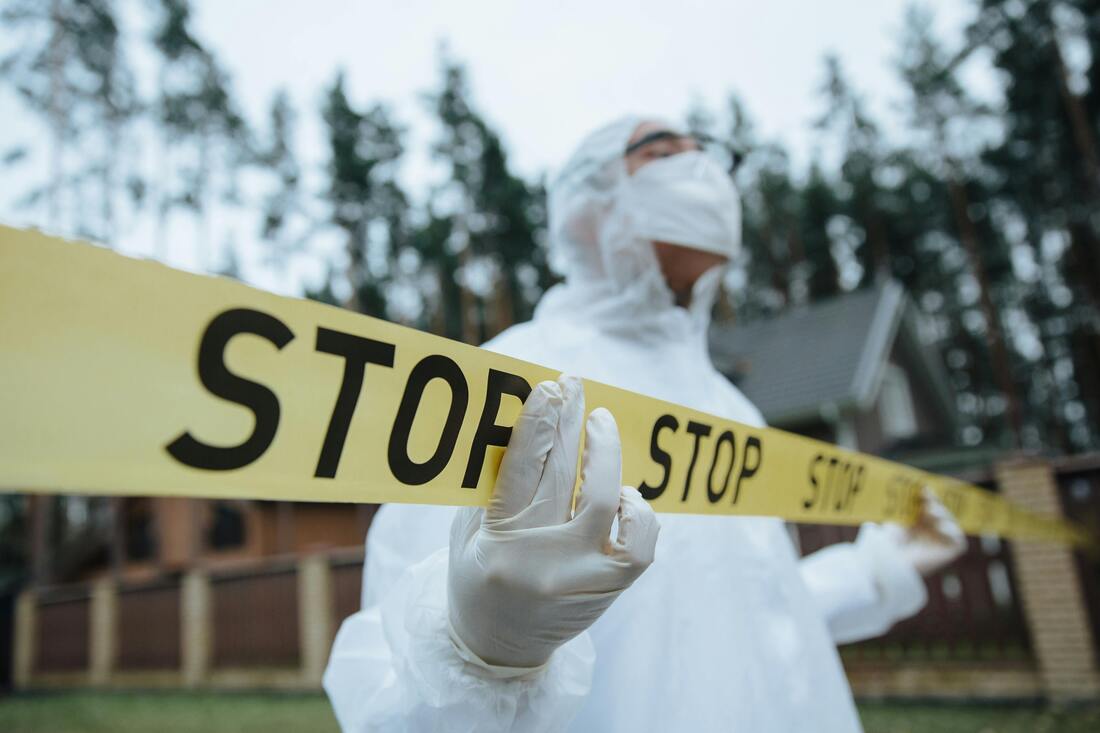
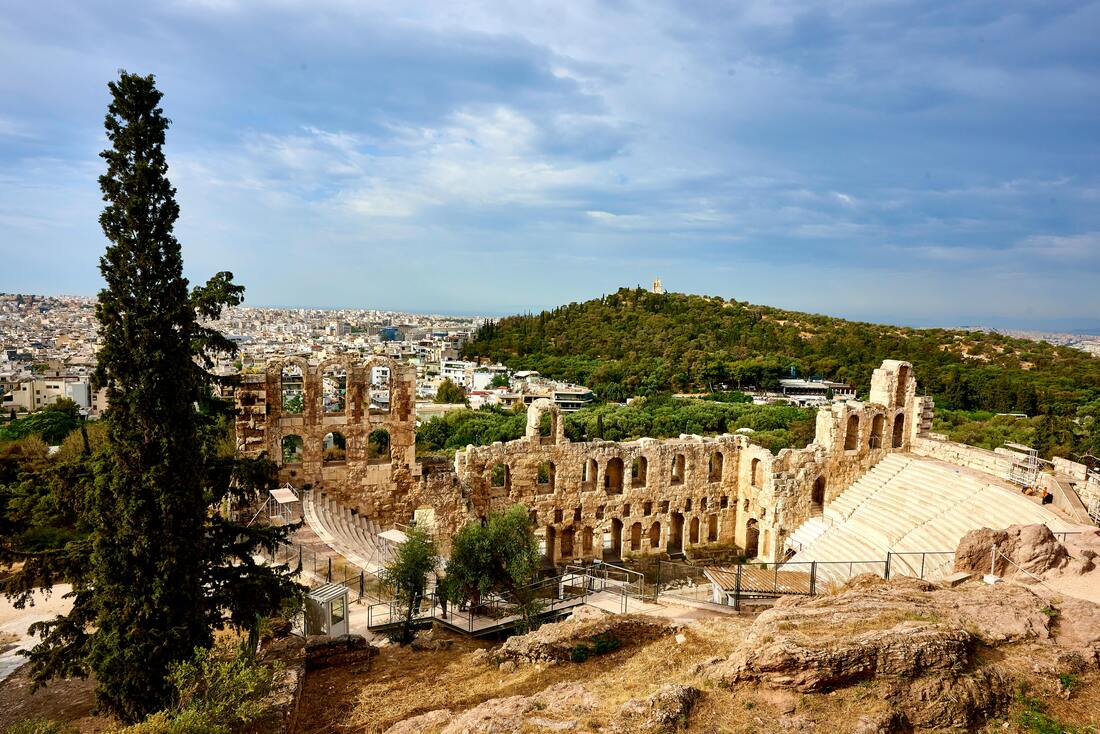


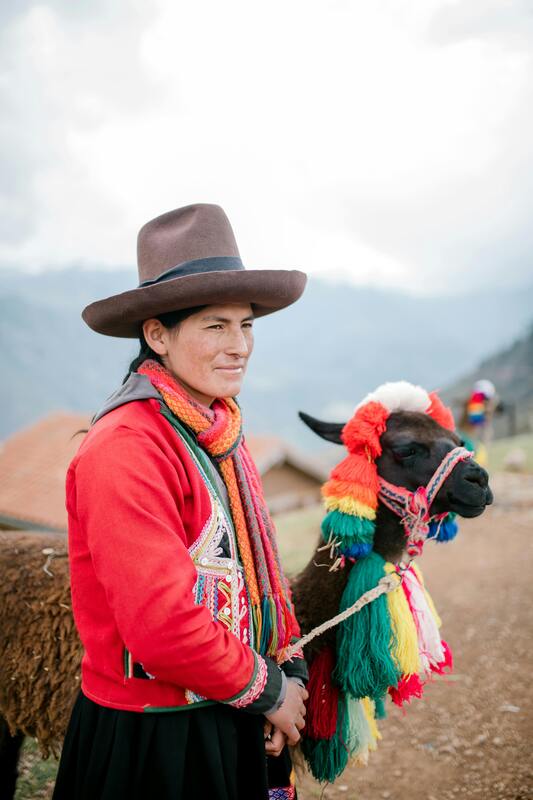
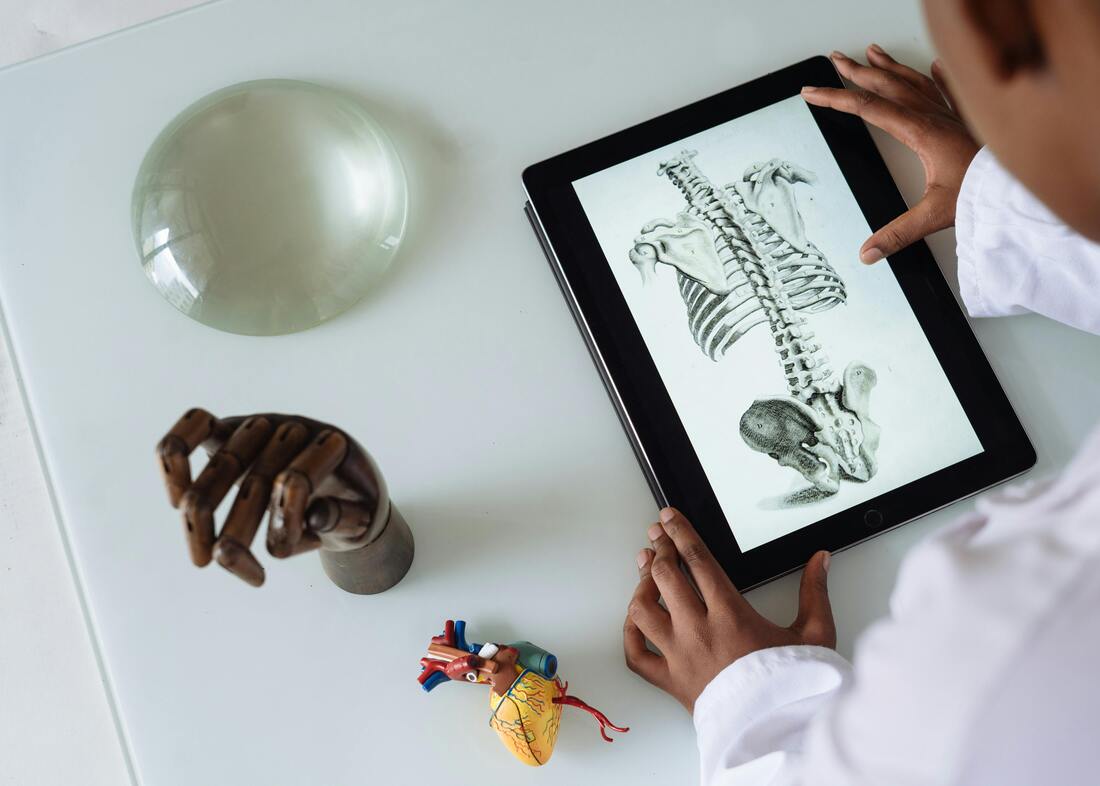
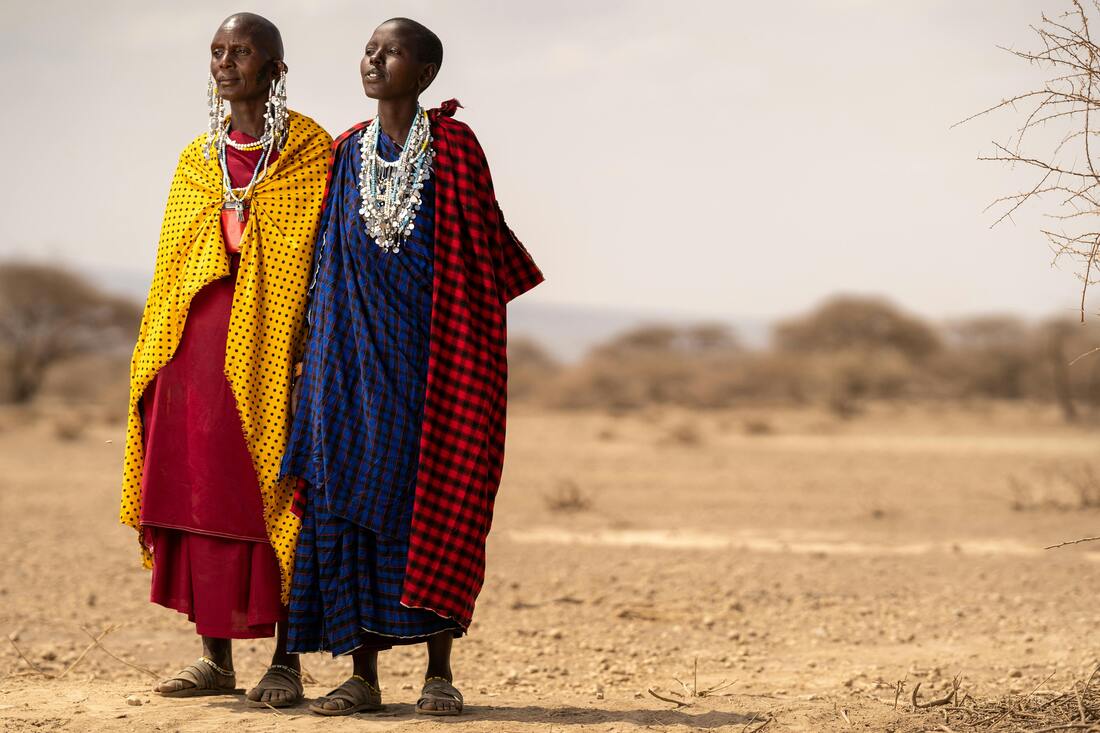

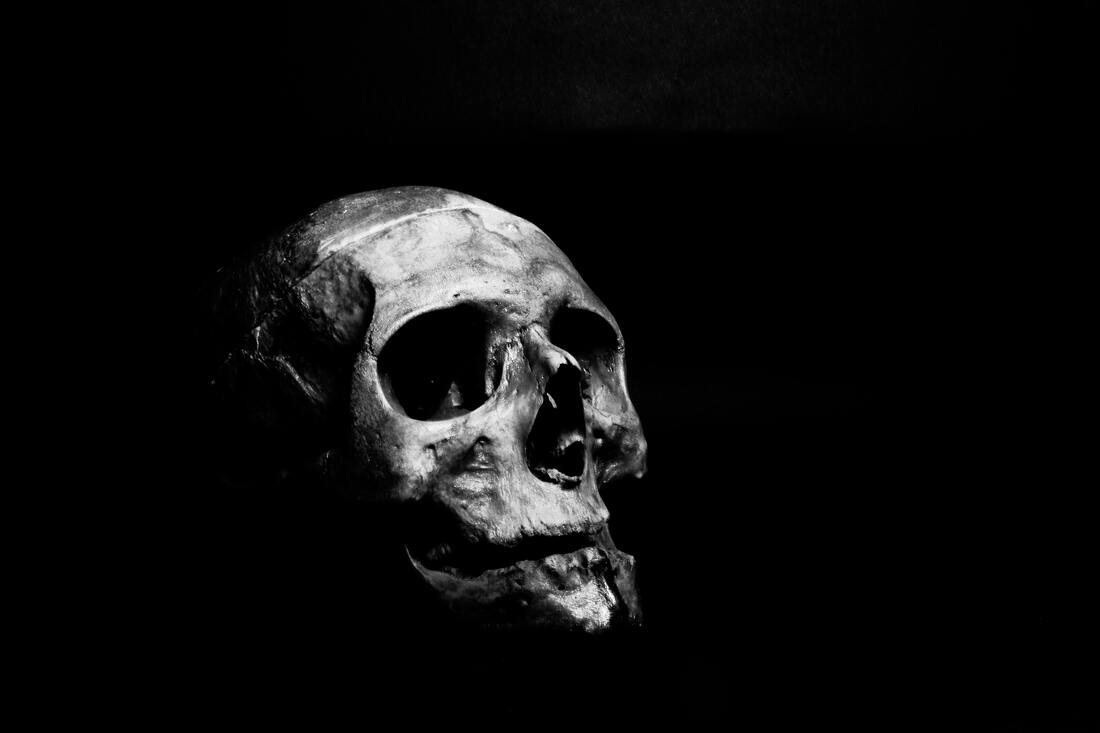
 RSS Feed
RSS Feed
